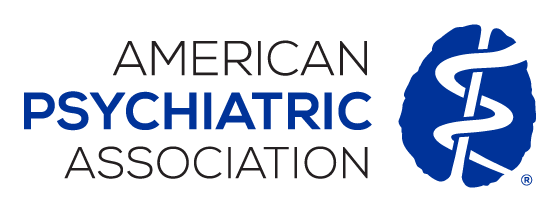 |
“These results suggest that, among adults with pain, frequent nonmedical cannabis use and cannabis use disorder are growing problems,” wrote Deborah S. Hasin, Ph.D., of the New York State Psychiatric Institute and colleagues. “[T]he need remains for other interventions to manage pain that do not incur risk of another substance use disorder (i.e., cannabis use disorder) as an adverse treatment outcome.”
Hasin and colleagues analyzed data from two national surveys of adults: the 2001-2002 National Epidemiologic Survey on Alcohol and Related Conditions and the 2012-2013 National Epidemiologic Survey on Alcohol and Related Conditions-III. Both surveys used the Alcohol Use Disorder and Associated Disabilities Interview Schedule to assess substance use and substance use disorders. As part of these surveys, the respondents were asked about their use of cannabis without a prescription or other than prescribed (nonmedical use). Respondents were also asked to rate how much pain interfered with their “normal work” during the previous four weeks.
Between the 2001-2002 and 2012-2013 surveys, the prevalence of pain among U.S. adults increased from 19.3% to 20%. Pain was associated with significantly greater risk for any nonmedical cannabis use in both surveys.
The prevalence of frequent cannabis use (defined as use at least three times a week) did not differ by pain status in the 2001-2002 survey. But frequent cannabis use was significantly more prevalent in those with pain compared with those without pain in the 2012-2013 survey (5.03% compared to 3.45%).
Cannabis use disorder (defined as meeting DSM-IV criteria for cannabis dependence or abuse) was also more prevalent in respondents with pain compared with those without. In the 2012-2013 survey, the prevalence of cannabis use disorder was 4.18% in those with pain compared with 2.74% in those without.
“Extrapolating to the number of U.S. adults potentially affected, approximately 1.5 million more adults with pain were frequent nonmedical cannabis users in the 2012-2013 period than in the 2001-2002 period, and approximately 0.9 million more adults with pain had past year cannabis use disorder in the 2012-2013 period than in the 2001-2002 period,” the authors wrote.
“Psychiatrists and other mental health professionals treating patients with moderate to severe pain should be informed about the potential risks of cannabis, including cannabis use disorder, provide information about these risks to their patients, and monitor patients for signs and symptoms of cannabis use disorder,” they concluded.
For related information, see the Psychiatric News article “National Academies Issues Report on Health Effects of Cannabis.”
(Image: iStock/Yarygin)
Have You Voted in APA’s 2020 Election Yet?
 |



